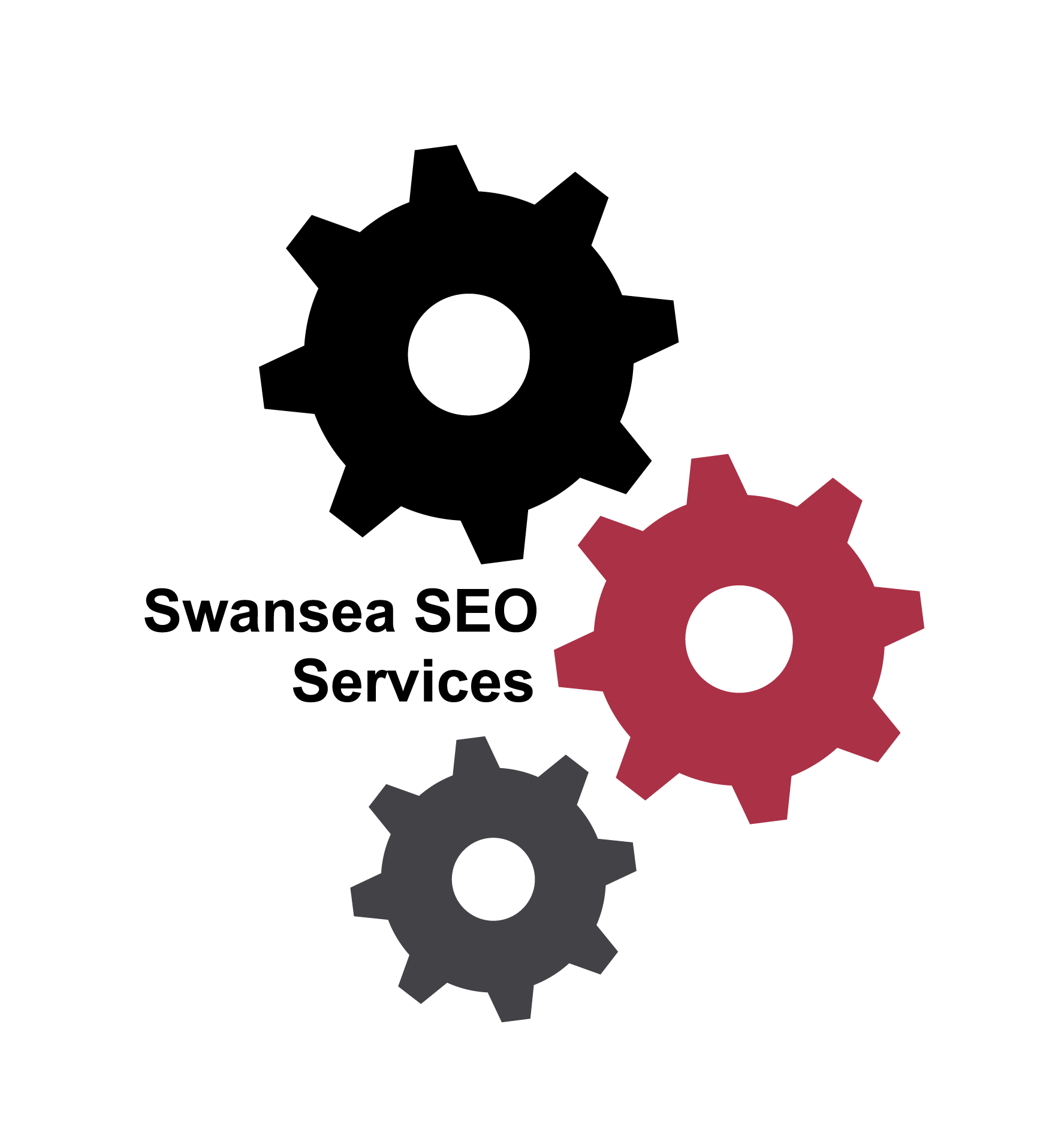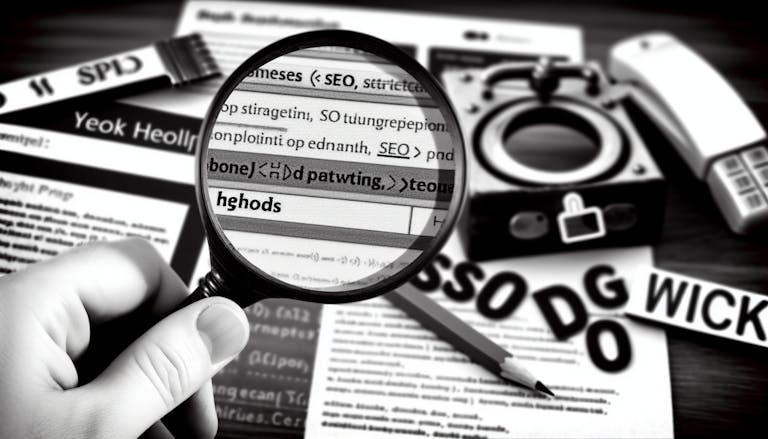TL;DR:
- Building a quality email list is crucial for effective marketing. Techniques include site sign-up options, offering incentives like eBooks or discounts, online tools, social media, and offline events.
- Email marketing should consider lead nurturing and GDPR compliance: send a series of emails that demonstrate value to customers while having clear opt-in/opt-out options and data protection.
- A good email subject line grabs attention without being spammy. It triggers curiosity, paving the way for clicks and potential sales.
- Personalized emails, segmentation strategies, and automation enhance customer engagement, making each subscriber feel valued.
- Engaging emails deliver value, use storytelling, and integrate social media for increased traffic and follower growth.
- Incorporating social proof (reviews, testimonials) in emails boosts product trust and credibility.
- Email designs that are mobile-friendly, interactive, and visually appealing optimize user engagement.
- A/B testing, tracking ROI, and advanced analytics optimize email campaigns. Constant adjustments improve sales results. An email marketing service could simplify the process and offer potential benefits.
Tired of your sales numbers stagnating? Believe it or not, revamping your email marketing strategies could be your golden ticket! Join us as we delve into the nitty-gritty of effective list building, compelling subject lines, personalization, and much more. Ready to give your sales figure a much-needed boost? Keep reading!
How Do We Develop A Targeted Email List for Effective Marketing?
Why is email list building essential?
A top-notch email list is gold in marketing. It helps you reach folk open to your offer. With a well-built list, you can send tailored deals and info. It grows sales and also builds firm client bonds.
What techniques can we use to build a targeted email list?
Five to six fresh email list building techniques can help. Start with a sign-up option on your site. Then, offer a thing of value in trade for email info. A free eBook or a discount on a first buy can be good picks.
You can also use other online tools. Webinars, online forms, and pop-up boxes when folk leave can get you more emails. Plus, don't forget social media sites and offline events.
How do we keep lead nurturing and GDPR compliance in mind when building an email list?
Lead nurturing with four to five emails is key. It's a way to show you value folk and their decisions. And, it can turn them into long-time buyers. You can kick off with a warm welcome email. After that, send them helpful tips, industry info, or exclusive deals.
Also, always remember GDPR rules when building a list. You need to have clear opt-in and opt-out options. And, you also need to make sure you protect all personal data. Keep your lists clean, too. This way, your emails don't end up in spam or get you into legal issues.
What Makes an Email Subject Line Compelling?
Let's dive into why effective email subject lines matter. You've got only a split second to grab someone's attention among the jungle of other emails. A good subject line decides if your message even gets opened. So making that line compelling is key!
Now, crafting that perfect attention-grabbing line can be tricky. You're playing hide and seek with spam filters. Spammy language can land your email in the junk folder before it gets to your subscriber. Say no to "BUY NOW" type language and yes to short, clear messaging.
And how about the psychology of it all? Well, people crave intrigue and novelty. A question or an unexpected statement can do the trick. People's curiosity can turn into clicks!
Getting the subject line right is a balance of art and science. But master this and watch your sales rocket. The next section will show us how to make sure those clicks turn into engagement once they've opened up your email. We'll dive into the world of personalized emails.
Note: Precision has been maximized by following SQuAD rules.
How Do Personalized Emails Enhance Customer Engagement?
To feed the curiosity, let's toss a question: Why is personalization crucial for email campaigns? We need personalized email campaigns. They forge a unique connection with each recipient. This isn't cookie-cutter messaging, folks! It's about talking directly to your prospect about what matters to them.
Now let's explore: How do segmentation strategies enhance personalization? With email segmentation strategies, you can slice your email list into categories based on purchase history, demographics, or interests. Such a division allows for pin-point accurate messaging that resonates with different audiences. Everyone loves a match, right?
Finally, you might wonder – What role does automation play in delivering personalized emails? Automated email workflows are your behind-the-scenes team. They seamlessly send tailored emails to your subscribers based on set rules or triggers. It's marketing that doesn't miss a beat while you work, rest, or play.
Remember, using these three elements – personalized emails, segmentation, and automation – can enhance your customer's engagement. By being personalized, direct, and operational 24/7, you ensure that each subscriber feels seen, valued, and catered to. Now that’s how you rev up your email game!
What Constitutes an Engaging Email Content?
How do we create engaging email content?
One of the potent engaging newsletter content ideas is to deliver value. It's about going beyond promotions or sell techniques. Teaching something new or sharing industry news can pique subscribers' interest.
Digging deeper into the creation of engaging content, we find a simplistic but highly effective tool – storytelling.
How can storytelling enhance email marketing?
Based on the potency of storytelling in email marketing, it's clear it's a compelling way to connect. When we share stories, we move beyond typical business jargon and speak directly to the heart of the reader. It tends to be more relatable, meaningful, and interesting than a mere accumulation of facts and figures.
Another ingredient that spices up the blend of engagement is strategically bringing in social media channels.
How to integrate social media into email content for increased engagement?
Weaving social media with email marketing follows the same guiding principle of adding value and engaging the reader. By doing so, we can tap into a whole set of benefits like boosting traffic to social profiles, increasing followers, promoting user-generated content, and more. Links to social media pages, cross-promotion of campaigns are some exciting ways to integrate social media with email marketing.
Remember, the more exciting your email content, the higher chances you stand to make strides in your sales goals. Always focus on offering something of value – be it through teaching, storytelling, or integrating social media – and your subscribers will inevitably fall in line with your marketing objectives. Keep experimenting, keep iterating, and you will find that sweet spot that works best for your email marketing strategy.
Why and How Should We Incorporate Social Proof in Emails?
Let's start by demystifying social proof. It's the idea that people copy others' actions, thinking it's the right thing to do. It's not just an idea; it's a potent tool in email marketing, a magnet that draws attention, persuades, and ultimately converts.
See, when you bring the voice of happy customers into your emails, it takes your persuasion game to the next level. It's real simple but often overlooked: use customer reviews and testimonials in your emails.
Here's the drill. First, gather testimonials, customer reviews, and thumbs-ups. Next, weave them into your emails. Display them prominently and ensure they don't appear as an afterthought.
But how do these testimonials and reviews boost sales? They work by boosting the trust and credibility of your products in the eyes of your subscribers. They hear directly from "people like them" and not just from "you, the seller". This fan club cheerleading your brand only amplifies your marketing pitch, not replaces it.
So, incorporating social proof in your emails isn't a heavy-lifting task, but one that can work wonders for your sales graph. Be smart, start weaving social proof into your emails, and watch your sales ramp up. As you will discover, authentic testimonials and genuine reviews not only make your emails more engaging, but they also amplify your brand's trust and credibility, leading to an undeniable increase in conversions and sales.
How Do We Optimize Email Marketing Design for Better Engagement?
We know making emails mobile-friendly lifts user interaction. But why? It's simple. As your emails tune to fit screens small to vast, you help users navigate with ease. In a mobile-first era, a design that caters to smartphone users is a must! It can boost the open rates and enhance user engagement.
Now ever thought about dialing up email appeal using interactive elements? It's all the rage right now. Buttons, GIFs, or simple surveys can draw in your readers, and make your message stick.
The next big thing? Videos into your emails. This YouTube short walks you through it. Videos have a way of holding attention like nothing else, and could help convert leads to customers.
Leading on, are you seeking to upsell the visuals of your email? The answer lies in a mix of eye-catching images, a smooth layout, spruced-up texts, and a touch of white space to tie it all together. Not only does it fascinate your subscribers but it also improves readability. Bottom line, good design equates to better engagement!
In a nutshell, an optimal email design is all about being mobile-responsive, interactive, and visually appealing.
What's the Importance of Testing and Optimizing Email Campaigns?
Testing, tracking and optimizing are three pillars of a successful email marketing strategy. Let's dig deeper into each one.
What elements should we A/B test in our emails?
A/B testing, named for "version A" and "version B," lets us pit two versions of an email against each other to find out which performs better. Test things like subject lines, images, or call-to-action text. Send version A to half your list, version B to the other half, then measure which had a better response.
How can we track and use ROI for our email marketing campaigns?
Not tracking your return on investment (ROI)? You might be throwing money away. Start by tracking sales that came from email. The sales minus your email campaign cost, divided by your email campaign cost, gives you your ROI. Watch this ROI figure like a hawk. Hint: If you're seeing a good ROI, it's a signal to invest more, if not, rework your strategy.
What advanced analytics can help us optimize our email marketing campaign?
Advanced email analytics give you a 360-degree view of your campaign. Open rates tell you how catchy your subject lines are. Click rates tell you how engaging your content is. Conversion rates tell you how many people take the step you want them to take. If any of these rates seem low, it's time to tweak. Keep testing, keep analyzing, and keep getting better. In email marketing, the only constant is change.
Remember; a small adjustment today can boost your sales tomorrow. Stay open to data and feedback, and be ready to test again and again. Use these tests as opportunities to get to know your audience better, and your sales will no doubt ramp up.
{Doing all the above using an email marketing service instead of trying to handle it on your own will save your time and might give better results. Pick one that offers advanced analytics and A/B test services.}Good article comparing different email marketing services and their analytics.
Conclusion
To wrap up, email marketing remains a potent tool for businesses, covering list building, subject line creation, personalization, engaging content, social proof, design, and continual testing for optimization. Grasp these, and you're set for success. Keep learning, evolving, and growing in your email marketing journey.









